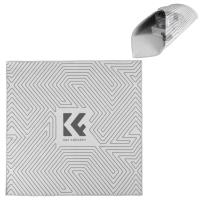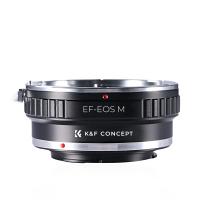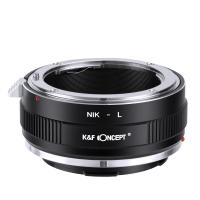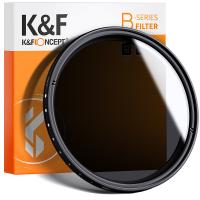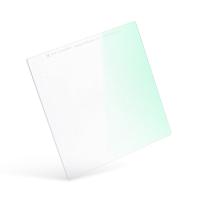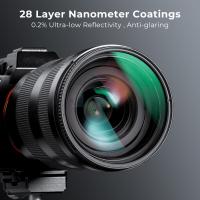Are Confocal Microscopes 3d ?
Yes, confocal microscopes are capable of producing three-dimensional images. They use a technique called optical sectioning to capture images of a sample at different depths. By focusing a laser beam on a specific plane within the sample and detecting the emitted light, a confocal microscope can create a series of optical sections. These sections can then be reconstructed to generate a three-dimensional representation of the sample. This ability to capture images at different depths allows for the visualization of structures within the sample in three dimensions, providing valuable insights in various fields such as biology, medicine, and materials science.
1、 Confocal microscopy: Principles and techniques for imaging biological samples.
Confocal microscopes are often considered to be 3D imaging tools due to their ability to capture optical sections of thick samples and reconstruct them into three-dimensional images. Confocal microscopy is a technique that uses a pinhole to eliminate out-of-focus light, resulting in improved resolution and contrast compared to conventional widefield microscopy.
In confocal microscopy, a laser beam is focused onto a specific point within the sample, and the emitted fluorescence light is collected through a pinhole aperture. By scanning the laser beam across the sample and collecting the emitted light at different focal planes, a series of optical sections are obtained. These sections can then be reconstructed into a 3D image using specialized software.
The 3D capability of confocal microscopes allows researchers to visualize the internal structures of biological samples with high resolution and clarity. It enables the examination of complex cellular and tissue structures, such as the arrangement of organelles within cells or the spatial distribution of proteins in tissues.
However, it is important to note that confocal microscopy does not provide true volumetric imaging. The reconstructed 3D images are based on optical sections and do not capture the entire volume of the sample. Additionally, the resolution in the z-axis (depth) is often lower than in the x and y axes (width and height).
Recent advancements in confocal microscopy, such as the development of spinning disk confocal microscopy and light sheet microscopy, have further improved the 3D imaging capabilities. These techniques offer faster acquisition speeds and reduced phototoxicity, allowing for the imaging of dynamic processes in living samples.
In conclusion, while confocal microscopes are not true 3D imaging tools, they provide valuable insights into the three-dimensional structures of biological samples. The latest advancements in confocal microscopy have enhanced its 3D imaging capabilities, making it an indispensable tool in biological research.
2、 Optical sectioning: Capturing high-resolution 3D images using confocal microscopy.
Confocal microscopes are widely used for optical sectioning, which allows for the capture of high-resolution 3D images. Optical sectioning is a technique that enables the visualization of specific planes within a sample while excluding out-of-focus light from other planes. This results in sharper and more detailed images, particularly in thick or complex samples.
Confocal microscopes achieve optical sectioning by using a pinhole aperture to block out-of-focus light, allowing only the light emitted from the focal plane to reach the detector. By scanning the sample point by point and collecting the emitted light, a 3D image can be reconstructed.
The ability of confocal microscopes to capture 3D images is a significant advantage in various fields of research, including biology, medicine, and materials science. It allows for the visualization of intricate structures, such as cellular organelles, tissue sections, and nanoparticles, in three dimensions. This capability provides researchers with valuable insights into the spatial organization and interactions of these structures.
In recent years, there have been advancements in confocal microscopy techniques that further enhance the 3D imaging capabilities. For example, the development of super-resolution techniques, such as stimulated emission depletion (STED) microscopy and structured illumination microscopy (SIM), has enabled the visualization of structures at a resolution beyond the diffraction limit. These techniques, when combined with confocal microscopy, offer even more detailed 3D imaging possibilities.
In conclusion, confocal microscopes are indeed 3D imaging tools that excel in optical sectioning. They have revolutionized the way researchers study biological and material samples, providing high-resolution images that reveal intricate details in three dimensions. With ongoing advancements in technology, confocal microscopy continues to evolve, offering even more powerful 3D imaging capabilities.
3、 Laser scanning: Utilizing laser beams to scan and capture images in confocal microscopy.
Confocal microscopes are often associated with 3D imaging due to their ability to capture optical sections at different depths within a specimen. However, it is important to note that confocal microscopes themselves are not inherently 3D. Instead, they provide a technique called optical sectioning, which allows for the acquisition of 2D images at different focal planes.
Confocal microscopy works by using a pinhole aperture to eliminate out-of-focus light, resulting in improved resolution and contrast. By scanning a laser beam across the specimen and collecting the emitted light through a pinhole, a series of optical sections can be obtained. These sections can then be reconstructed to create a 3D representation of the specimen.
The ability to capture optical sections at different depths is what makes confocal microscopy a powerful tool for 3D imaging. By acquiring a series of 2D images at different focal planes, researchers can stack and visualize these sections to generate a 3D reconstruction of the specimen.
It is worth mentioning that advancements in confocal microscopy, such as the introduction of spinning disk confocal systems and light sheet microscopy, have further enhanced the capabilities of 3D imaging. These techniques allow for faster acquisition of optical sections and reduce phototoxicity, making them suitable for live cell imaging.
In conclusion, while confocal microscopes themselves are not 3D, they provide the necessary tools and techniques for capturing optical sections and reconstructing them into 3D images. The field of confocal microscopy continues to evolve, offering researchers increasingly sophisticated methods for 3D imaging.
4、 Fluorescence imaging: Enhancing contrast and specificity in confocal microscopy using fluorescent dyes.
Confocal microscopes are not inherently 3D imaging devices, but they can be used to generate 3D images. Confocal microscopy is a technique that uses a pinhole to eliminate out-of-focus light, resulting in improved contrast and resolution compared to conventional widefield microscopy. This technique allows for the visualization of thin optical sections of a specimen, which can then be reconstructed into a 3D image.
In confocal microscopy, a laser beam is focused onto a specific plane within the specimen, and the emitted fluorescence light is collected through a pinhole aperture. By scanning the laser beam across multiple planes, a series of optical sections can be obtained. These sections can then be stacked together to create a 3D representation of the specimen.
Fluorescent dyes are often used in confocal microscopy to enhance contrast and specificity. These dyes can be targeted to specific cellular structures or molecules, allowing for the visualization of specific components within the specimen. By labeling different structures with different fluorescent dyes, it is possible to create multi-color 3D images, providing valuable information about the spatial relationships between different cellular components.
The latest advancements in confocal microscopy have further improved its 3D imaging capabilities. For example, the development of spinning disk confocal microscopy has enabled faster acquisition of 3D images, making it possible to capture dynamic processes in real-time. Additionally, the integration of advanced image processing algorithms has allowed for the reconstruction of high-resolution 3D images with improved clarity and detail.
In conclusion, while confocal microscopes are not inherently 3D imaging devices, they can be used to generate 3D images by acquiring a series of optical sections and reconstructing them. The use of fluorescent dyes enhances contrast and specificity in confocal microscopy, allowing for the visualization of specific cellular components. The latest advancements in confocal microscopy have further improved its 3D imaging capabilities, enabling faster acquisition and higher-resolution reconstruction of 3D images.

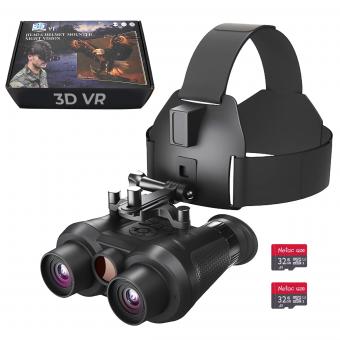
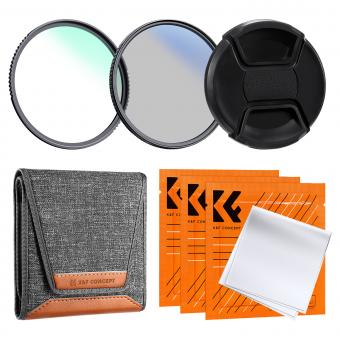
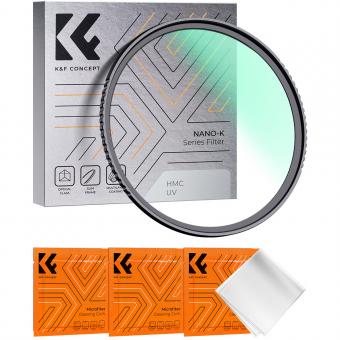

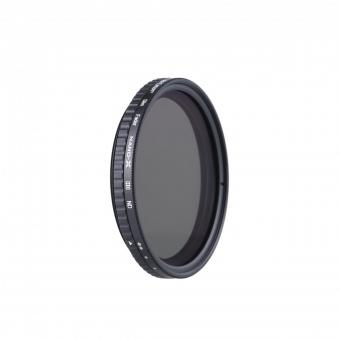
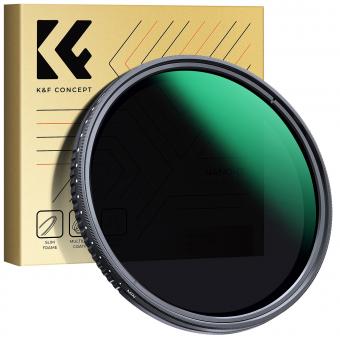
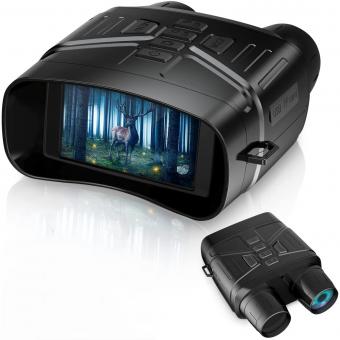
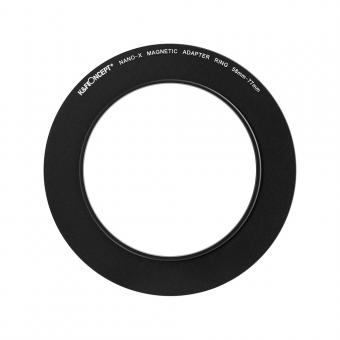
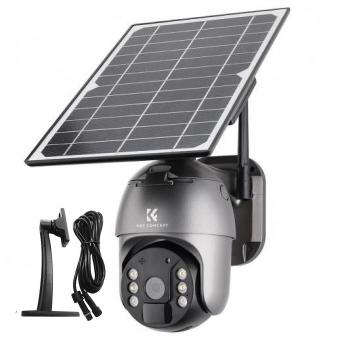





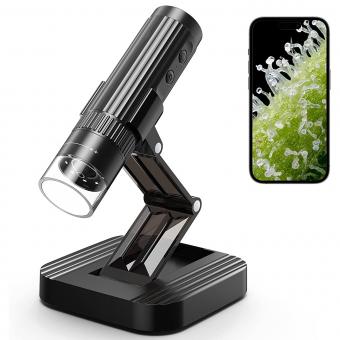





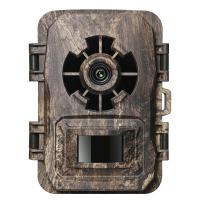
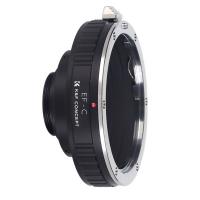
![J12 Mini-projector Outdoor-filmprojector met 100 inch-projectorscherm, 1080P, compatibel met tv-stick, videogames, HDMI, USB, TF, VGA, AUX, AV [Amerikaanse regelgeving] J12 Mini-projector Outdoor-filmprojector met 100 inch-projectorscherm, 1080P, compatibel met tv-stick, videogames, HDMI, USB, TF, VGA, AUX, AV [Amerikaanse regelgeving]](https://img.kentfaith.de/cache/catalog/products/de/GW01.0172/GW01.0172-1-200x200.jpg)
